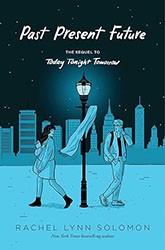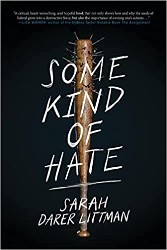It’s the early 1960s, and fourteen-year-old Maisie Meyers, who resides in Parkchester in the Bronx, is about to start high school. Maisie navigates her parents’ bitter marriage and her contentious relationship with her mother while developing as an artist. She finds a sympathetic ear in her friend Richie O’Neil, who lives in a building visible from her window. Richie’s father is traumatized by a tour of duty in Vietnam.
Written as a series of poems, I Am Here Now explores Maise’s inner life through her art and relationships with others. Some words and thoughts seem a bit too sophisticated for a teenager of that time, but the stream-of-consciousness style is engaging. Maisie likes to draw: “I feel like I reside on a battlefield/Like the German painter George Grosz, who survived WWI/And the artists Kathe Kollwitz, Oskar Kokoschka./From their canvases and drawings.”
The Meyers family is falling apart, and Maisie uses her art to cope with living under what she calls a totalitarian regime. Her mother is mean to her and, at one point, calls her drawings “pathetic scratches” and rips them up. With a father who is always away on business, Masie has what her best friend calls “an unnatural hunger for male attention.” In scene after scene, the fighting in Maisie’s home is draining, and the setting becomes stifling.
Maisie’s family is not religious but distinguishing identifiers of Jewish heritage are sprinkled throughout the novel. Her brother plays the piano and mentions with excitement that Gershwin was Jewish. Maisie attends Hebrew school and, in one scene, she is forced to go to a Shabbat dinner which includes traditional blessings. “I don’t mind being a Jew,” Maisie says.
I Am Here Now is an engaging exploration of the turmoil of growing up as a creative individual. There is a listing of resources at the end to help people going through the type of challenges described in its pages.
Dina Weinstein is a Richmond, Virginia-based writer.





